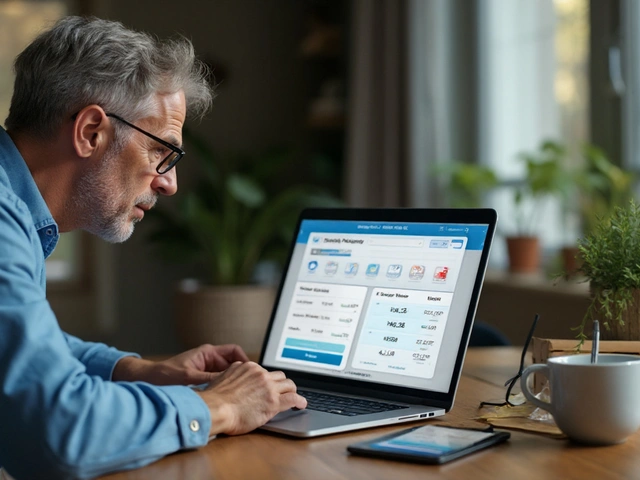budesonide formoterol: clear, practical info for everyday use
Budesonide formoterol is a combination inhaler that helps control asthma and COPD. Budesonide is a steroid that calms airway inflammation. Formoterol is a fast-acting long-acting bronchodilator that opens airways quickly and keeps them open. Together they treat symptoms now and reduce flare-ups over time.
If your doctor prescribed this combo, the goal is twofold: regular control and quick relief when you feel tightness or wheeze. Many people use a fixed daily dose plus extra puffs as a reliever, but follow the plan your clinician gives you. Don’t increase doses without checking with them.
How to use it the right way
Good technique matters. Exhale fully, put the mouthpiece between your lips, press and inhale slowly, then hold your breath for 5–10 seconds. If you have trouble coordinating press-and-breathe, use a spacer device — it makes delivery easier and cuts mouth irritation. Rinse your mouth with water and spit after inhaling to lower the chance of thrush from the steroid.
Count your doses or use the inhaler’s counter so you don’t run out unexpectedly. Keep an action plan: note how often you use rescue puffs and what to do if symptoms worsen. If you need rescue doses more often than usual, contact your provider — that can mean your asthma or COPD needs a change in treatment.
Side effects, safety and interactions
Common side effects are throat irritation, hoarseness, mild tremor, headache, and a faster heartbeat. Serious reactions are rare but include severe allergic responses and worsening breathing — get urgent help if you have sudden trouble breathing, chest pain, high fever, or facial swelling. If you have heart problems, diabetes, high blood pressure, or thyroid issues, mention them to your doctor because formoterol can affect the heart and blood sugar.
Tell your clinician about other medicines, especially beta-blockers, certain antidepressants, strong antifungals, or HIV drugs — some change how either drug works. Don’t stop steroid treatment abruptly if you’ve been on high doses for a while; your doctor can advise a safe plan to reduce or switch medicines.
Store the inhaler at room temperature, away from heat and direct sunlight. Check the expiry date and dispose of the device properly after the labeled number of doses. If you travel, keep the inhaler in carry-on luggage and follow airline rules for medical devices.
Quick checklist: learn proper technique, use a spacer if needed, rinse your mouth, track dose count, review other meds with your doctor, and contact care if rescue use rises. These steps help you get the most benefit from budesonide formoterol while staying safe and in control of your breathing.

How to manage a budesonide formoterol overdose
Experiencing a budesonide formoterol overdose can be quite scary, but it's important to remain calm and take the proper steps to manage the situation. First, I would immediately contact a healthcare professional or poison control center for guidance. Next, it's crucial to monitor my symptoms closely and seek emergency medical attention if necessary. I would also inform my healthcare provider about the overdose to discuss potential adjustments to my treatment plan. Lastly, I would focus on preventing future overdoses by carefully following the prescribed dosage instructions and storing the medication in a safe place.
Health and MedicineLatest Posts
Tags
- online pharmacy
- medication
- dietary supplement
- side effects
- online pharmacy UK
- mental health
- impact
- online pharmacies
- dosage
- medication safety
- skin health
- health
- pain relief
- dietary supplements
- massage therapy
- medication side effects
- eye inflammation
- health benefits
- mental health treatment
- thyroid medication




